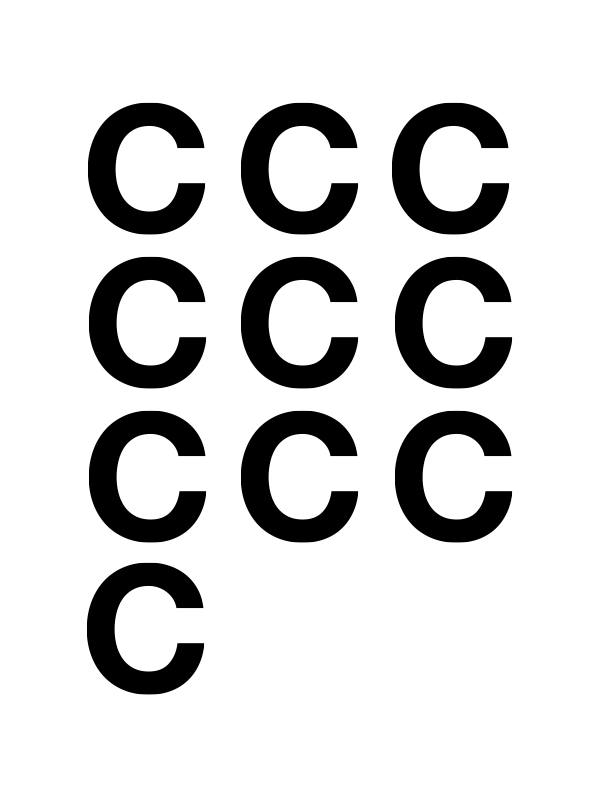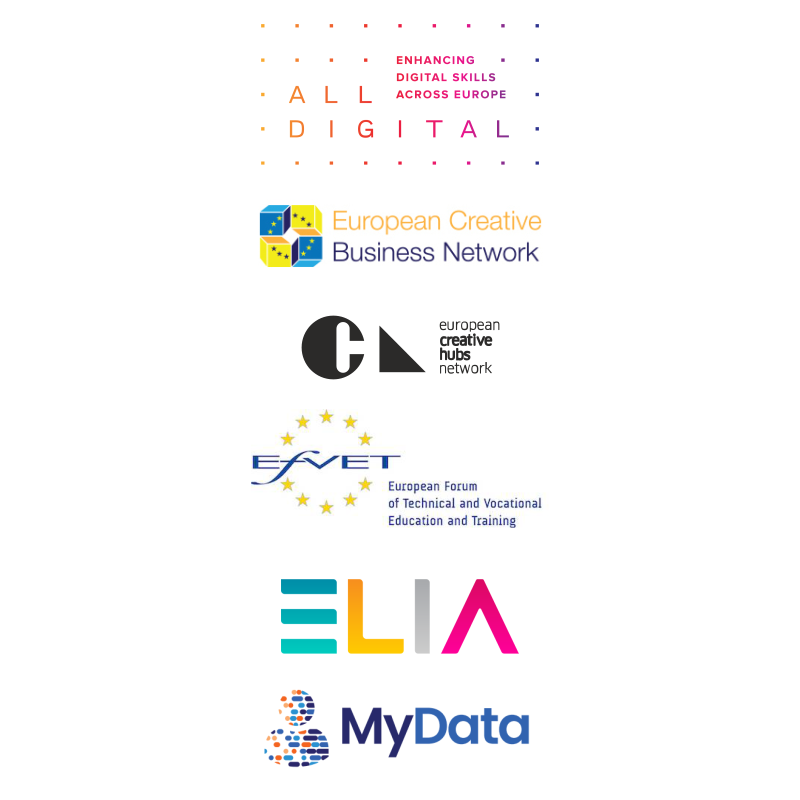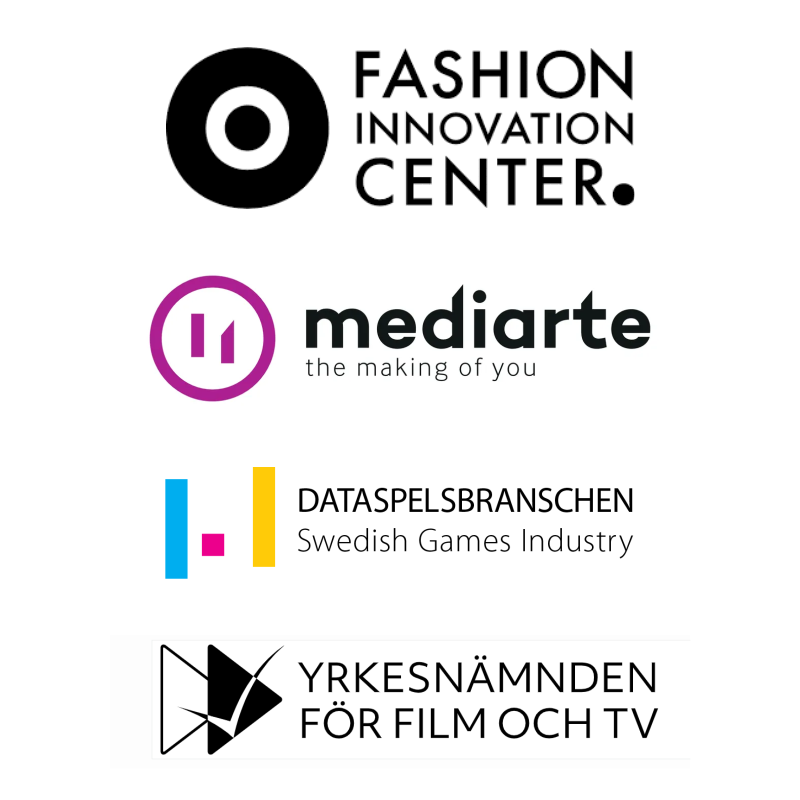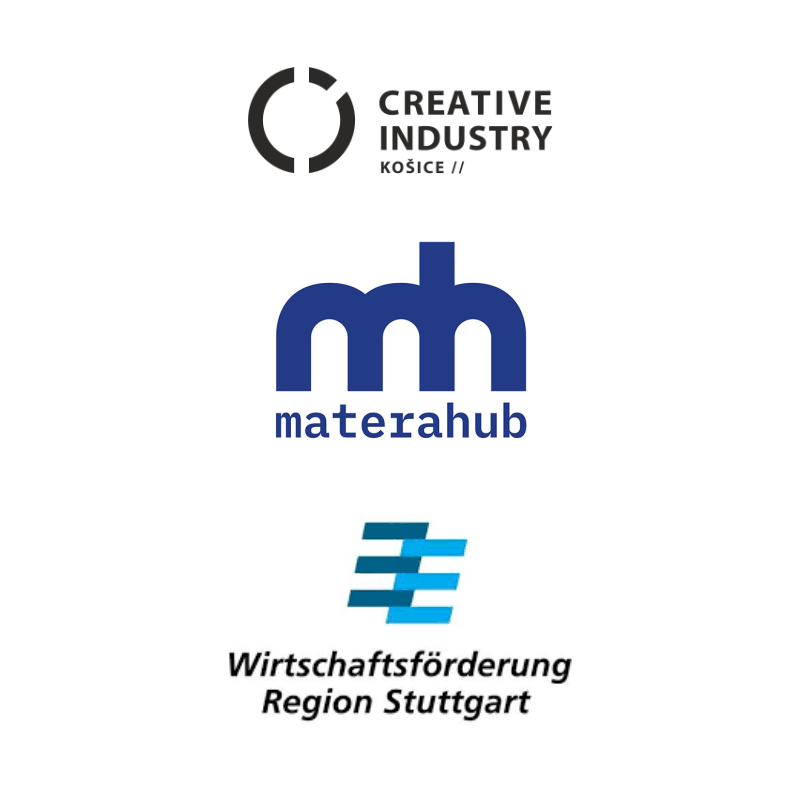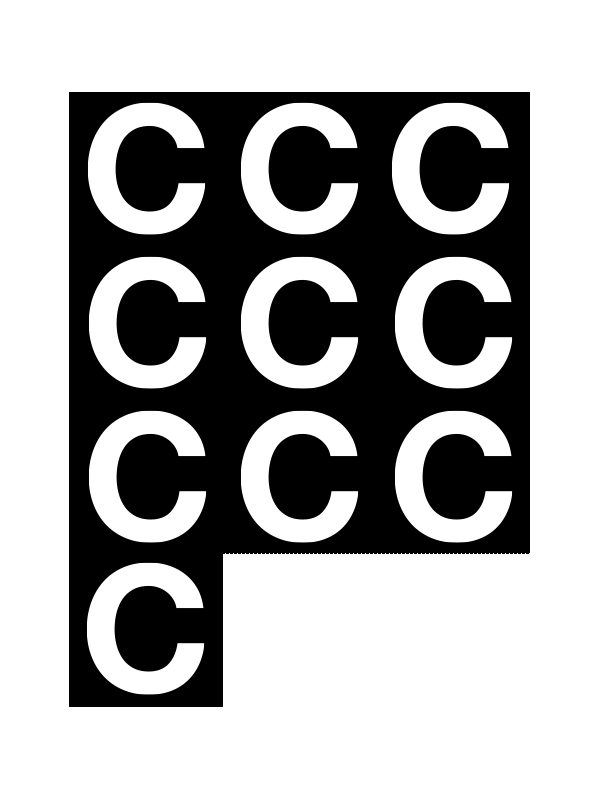ABOUT
WHAT
CYANOTYPES adopts anticipatory strategies to develop and test a methodological framework that will empower creators to imagine multiple futures, making processes they are involved in today more sustainable, more resilient, and more dynamic.
Organised by a triple loop learning framework, this will include changes in how we “learn how to learn”.
CYANOTYPES brings together a wide variety of organisations, stakeholders, and European networks to address the needs and skills gaps in the Cultural & Creative Industries. Based on innovative multidisciplinary approaches, CYANOTYPES tackles the sector’s potential for innovation and competitiveness, which deals as well with challenges presented by, among others, COVID-19, the digital transition, and the green shift.
The project title CYANOTYPES references the iron-based photographic process that gave the name to the “blueprint” we know today. Inspired by this key moment of innovation, CYANOTYPES sees in this very practice an exemplary episode from the pre-digital archive of arts-and-technology experimentation that inspires creators to this day.
CYANOTYPES strategically adopts a triple loop learning framework that combines the effective adoption of existing (and validated) skillsets the co-creative development of new skillsets and a flexible framework to respond to disruptive changes with future skillsets.
Through the integration of specific and transversal skillsets, CYANOTYPES will provide context-specific points of entry and respond to disruptive elements into the sector with upskilling and reskilling processes for different stakeholder groups leading to change and innovation in CCI education and training.
GOALS
The project’s intention is to support the co-creation and delivery of a training programme with concrete trans-national skills modules covering the spectrum of diverse qualifications involving VET levels (EQF levels 3 to 5) and tertiary levels (EQF levels 6 to 8), as well as providing inputs for workplace training and microlearning for existing and new occupational profiles.
PACT FOR SKILLS
CYANOTYPES is a member of the Pact for Skills for the CCI ecosystem.
The European Commission has formulated an ambitious plan for the next five years to define new skill sets for our Cultural Creative Sectors and Industries (CCSI), the PACT 4 SKILLS – CCI PARTNERSHIP
There is a strong potential in boosting joint action to maximise the impact of skills investment. Skills policies and actions are shared between many players. Companies, workers, education and training providers, national, regional and local authorities, chambers of commerce and employment services are among the ones who contribute to making up- and reskilling a reality. Concerted efforts can bring clarity to individuals and companies throughout the value chain, reduce costs and focus on priorities.
A strong Social Europe for Just Transitions
This is why the European Commission is launching a Pact for Skills — a shared engagement and approach to skills development. The Pact is firmly anchored in the principles of the European Pillar of Social Rights and supports the goals of the Green Deal and the digital transformation, as set out in the Commission communication “A strong Social Europe for Just Transitions”. The Pact aims to mobilise and incentivise private and public stakeholders to take concrete action for the upskilling and reskilling of people of working age, and, when relevant, pool efforts in the partnerships.
This effort is based on the European Skills Agenda which aims to help individuals and businesses develop a wider range of more effective skills. The goal of this European Skills Agenda is not only to up-skill and re-skill European citizens in a framework of lifelong learning, but also to strengthen creative and entrepreneurial competences, to put these newly acquired and much needed skill sets into practice.
CONSORTIUM
PARTNERS
Higher Education Institutions

Quality Assurance & Training
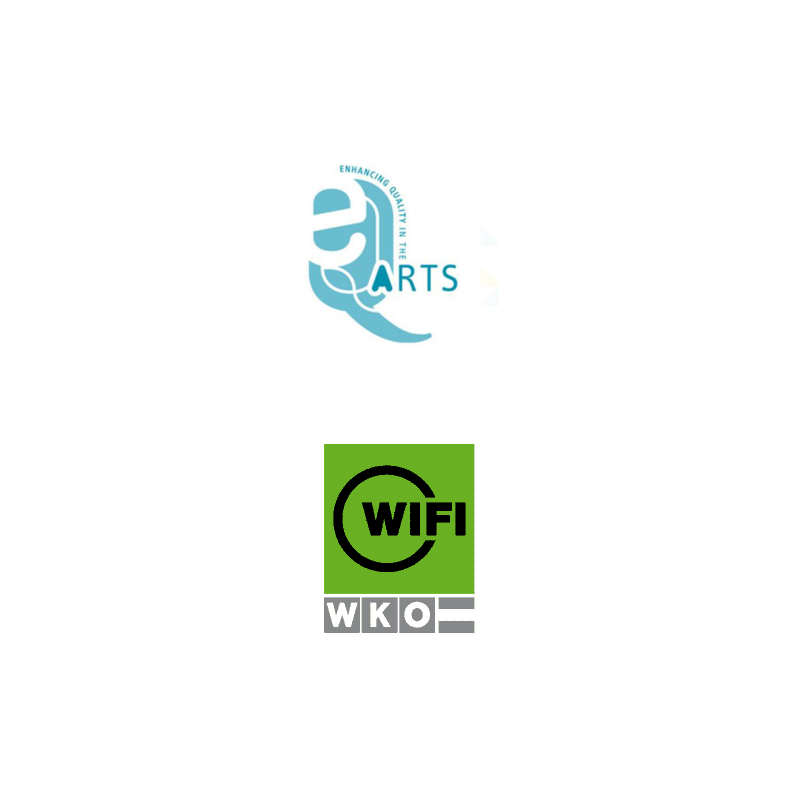
Associated
Partners
WHERE
Thanks to our consortium partners, including major European and International networks joining forces in Cyanotypes, we are all over Europe and beyond. We cover the entire European Cultural and Creative Industries ecosystem. Through our members, partners and activities, Cyanotypes will be present throughout the European Continent over the course of the 4 years project. More is yet to come.
